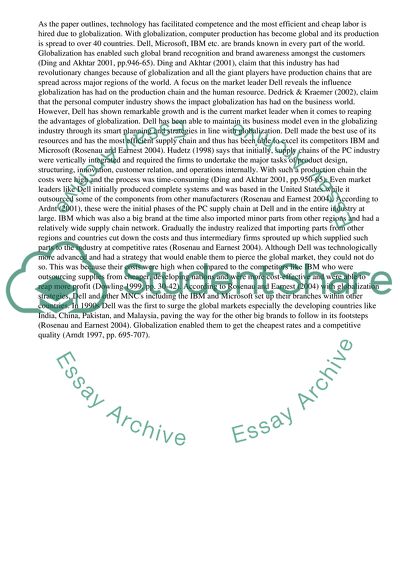Cite this document
(“Globalization of the Production Chain Literature review”, n.d.)
Globalization of the Production Chain Literature review. Retrieved from https://studentshare.org/business/1528812-research-essay-globalization-of-the-production-chain
Globalization of the Production Chain Literature review. Retrieved from https://studentshare.org/business/1528812-research-essay-globalization-of-the-production-chain
(Globalization of the Production Chain Literature Review)
Globalization of the Production Chain Literature Review. https://studentshare.org/business/1528812-research-essay-globalization-of-the-production-chain.
Globalization of the Production Chain Literature Review. https://studentshare.org/business/1528812-research-essay-globalization-of-the-production-chain.
“Globalization of the Production Chain Literature Review”, n.d. https://studentshare.org/business/1528812-research-essay-globalization-of-the-production-chain.


